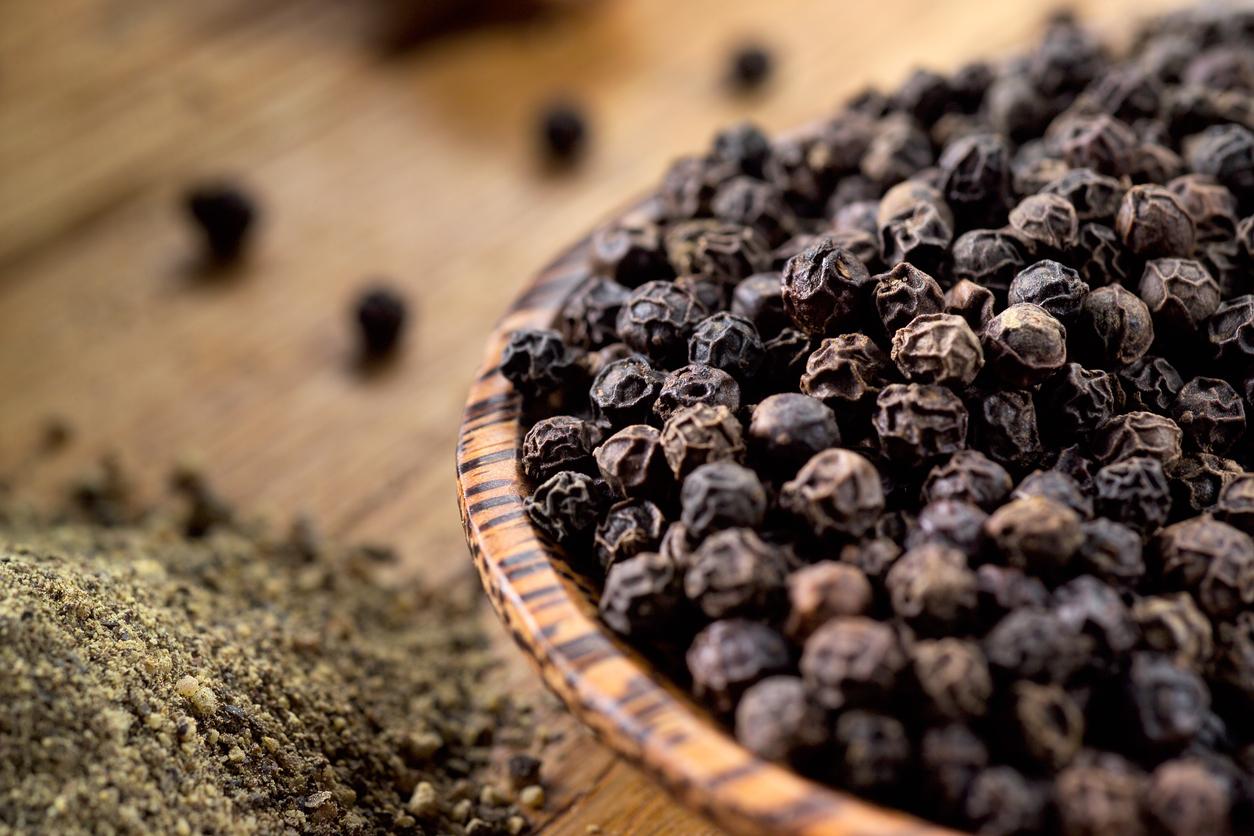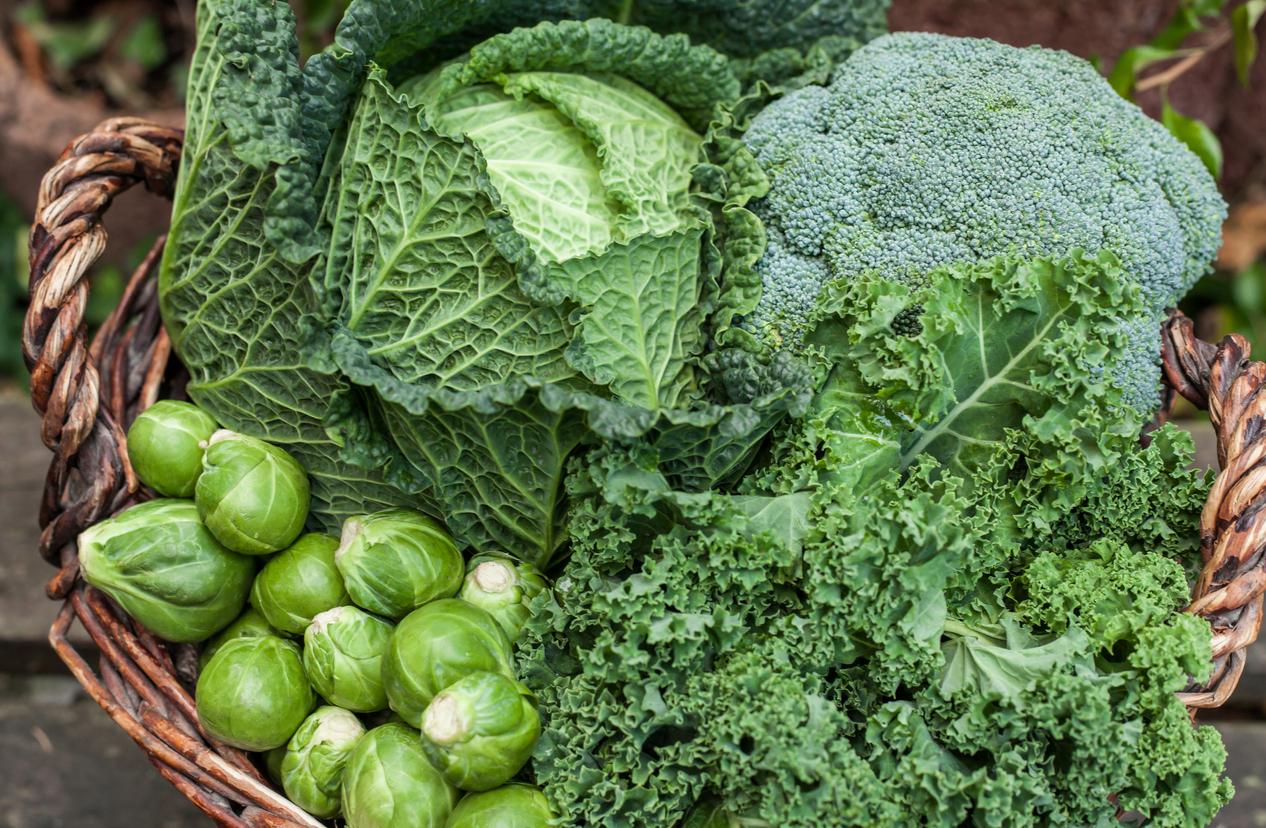We began to enjoy the benefits of celeriac (the root of celery) in Antiquity, and we cultivated it from the 16the century. This rustic vegetable and low energy is highly concentrated in essential vitamins and minerals. If you appreciate its delicate taste, invite it regularly to your plate!
IDENTITY RECORD
Name : Celery, ache swamps
Family: Apiaceae
Scientific name : Apium graveolens
Varieties: Albedo, D’Elne, Improved Golden Giant, To cut
Caloric value: 16 kcal / 100 g
High season: September – March (calendar)
Producers: Poland, Germany, Netherlands, France
France: Brittany, Languedoc-Roussillon, Provence-Alpes Côte-d’Azur, Rhône-Alpes
Mentioned by Homer in The odysseyCelery, already consumed by the Egyptians, initially appeared in the form of a bouquet with thin stems and served mainly as an aromatic.
The plant we eat today appeared in the 17th century, in Italy, with two distinct varieties: one with long and fleshy stems (the celery) and the other with a large root and small leafy stems (the celeriac).
This rustic vegetable gradually made its entry into kitchens. He imposed his presence thanks to his tasty flesh, crunchy when raw and tender after cooking.
The round celeriac is a concentration of essential vitamins and minerals. It also has the good taste of being very low in energy. We can only advise you to invite it regularly on your plates to savor the taste advantages of its delicate flesh.
The composition of celeriac
Celeriac is part of the family of apiaceae. Its fleshy, white root is eaten raw, cooked, sautéed or mashed. It is rich in minerals and vitamins, including vitamin K which enters into the mechanisms of blood coagulation, which implies a limitation in case of treatment with anticoagulants.
It presents an allergic risk to be taken into account. It contains polyacetylenes in sufficient quantities for beneficial biological effects to be observed, for example on cancer cells.
Rich in water, it is well supplied with fibers (5%) which help to accelerate transit. This effect is accentuated by the presence of hexoses and pentoses, partially metabolized carbohydrates in the intestine which can therefore ferment.
The benefits of celeriac
With a contribution of 18 kcal / 100 g, celeriac is very low in calories. It is rich in sodium and potassium (which counteracts the effects of sodium). Among the main benefits of celeriac, we can note:
- Phenolic compounds such as quercetin and coumarins present in celery root extracts exhibit antioxidant and anti-inflammatory effects.
- The leaves of celery root contain a quantity of polyphenols 10 times higher than the content present in its root. They give celery root antioxidant properties.
- Celery root also contains natural compounds with inhibitory activity against the protein responsible for the development of resistance to chemotherapy in breast cancer.
A celeriac weighs 1 kg on average. Its evenly pale skin covers a whitish flesh, crunchy when eaten raw. Low in calories, celeriac is a vegetable rich in vitamins, nutrients and trace elements. Consider eating it or cooking it regularly to integrate all its benefits into your menus.
Delicious grated, crunchy to perfection, celeriac is also a pan-fried, fried or served in soup, gratin or puree.
Read also:
Celeriac, a vegetable with strong antioxidant power
The benefits of celery on digestion
6 benefits of fennel to rediscover urgently
Eat carrots for good digestion
13 essential aromatic herbs in the kitchen
Choosing and storing celeriac
Avoid choosing your celeriac that is too bulky, but make sure it is heavy enough. Test if it is full by tapping the vegetable lightly. The skin must not involve tasks brown or yellow, but should instead be uniformly pale.
Store celeriac in the crisper of the refrigerator for 5 to 6 days if it is not peeled. Started, it can be kept for a maximum of 4 days, in a clean, damp cloth, in the refrigerator.
















